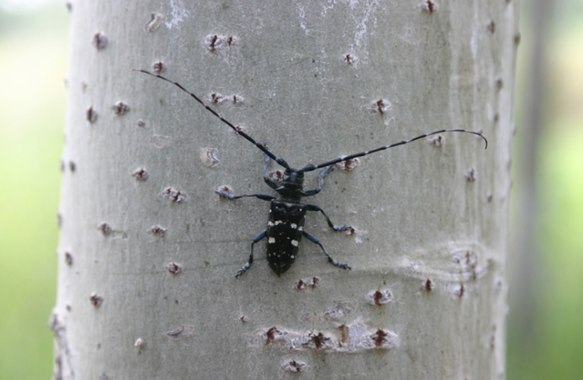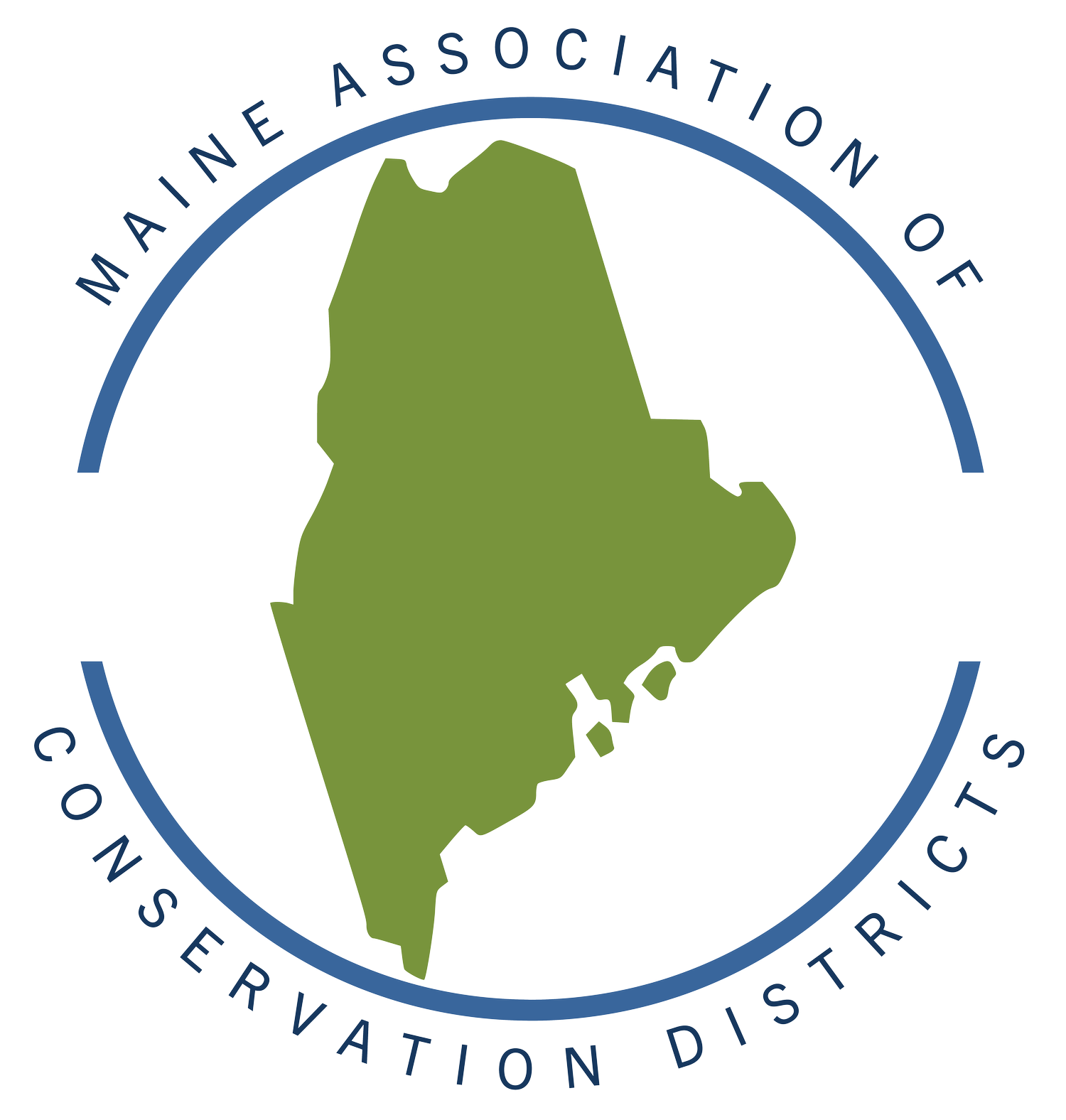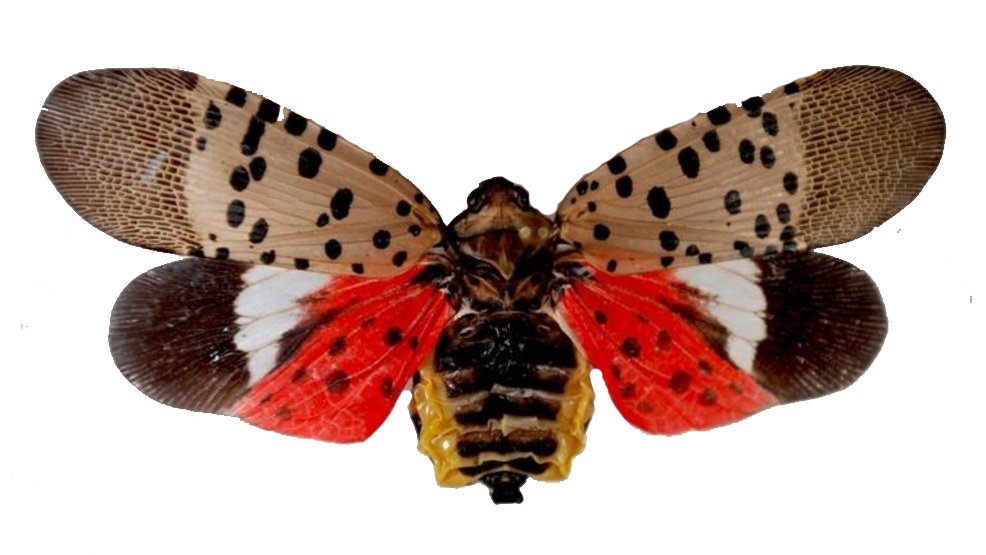Forests
Protecting and Sharing Maine’s Forest Heritage
Most of Maine’s land is forested. Soil & Water Conservation Districts throughout Maine assist private and public land owners with a variety of forest management issues. This technical expertise comes from on-going research and forestry management practices occurring on District-managed demonstration forests.
Invasive Forest Pest Outreach
Since 2009, Maine Soil & Water Conservation Districts have partnered with DACF to coordinate invasive forest pest outreach to Maine residents, businesses, and visitors. Funding for this project is provided by the USDA Animal Plant Health Inspection Service (APHIS) agency.
Invasive tree-killings pests can hitchhike in your firewood. Forest insects and diseases kill thousands of trees every day. Keep your backyard and other favorite places safe from these insects and diseases by leaving firewood at home.
To report a suspected sighting of an invasive pest, contact bugwatch@maine.gov.
To find local firewood or campwood, visit maine.gov/firewood
This material is made possible through a grant from the Maine Department of Agriculture, Conservation & Forestry and is funded in part by a Cooperative Agreement from the United States Department of Agriculture Animal and Plant Health Inspection Service (APHIS). The USDA and DACF are equal opportunity providers and employers.
-

Beech Leaf Disease
NEW IN MAINE
Beech Leaf Disease (BLD) can impact all beech trees, even Asian and European species.
BLD can look like unusually small leaves, dark striping between leaf veins, distorted or curled leaves, and a thinning canopy.
A single beech tree can exhibit several signs of beech leaf disease, with some parts of the canopy heavily infected while other portions are healthy.
-

Asian Longhorned Beetle
NOT KNOWN TO BE IN MAINE
Asian Longhorned Beetle (ALB) targets healthy hardwoods like maple, birch, elm, poplar, willow, and horsechestnut.
Key signs of ALB include discolored leaves and branch die back during the growing season and the chewed egg sites on the bark.
Male ALB have longer antennae than female ALB.
-

Spotted Lanternfly
NOT KNOWN TO BE IN MAINE
The Spotted Lanternfly (SLF) nymphs and adults pierce the wood to feed on the sap.
The damage from their feeding causes the wound to ooze more sap which leads to sooty mold developing on the plant.
SLF has over 115 host plants it feeds on including hardwood trees and woody crops like apple, cherry, grape, hops, maple, plum, walnut, and more.
SLF has multiple life stages to look for on plants, vehicles, and other items.
-

Oak Wilt
NOT KNOWN TO BE IN MAINE
Oak Wilt is a fungus that targets all oak species and harms the tree by preventing water from properly moving within the tree.
Once an oak tree has Oak Wilt, it may show signs of leaf discoloration, wilting, tree leaves browning and suddenly dropping in the summertime, and bark splitting from the fungal pad before dying. Oak Wilt makes a tree look and act like it’s fall - leaves turn brown and drop during spring and summer.
The symptoms of Oak Wilt are highly variable, so it is extremely helpful to know and look for multiple signs on a tree.








